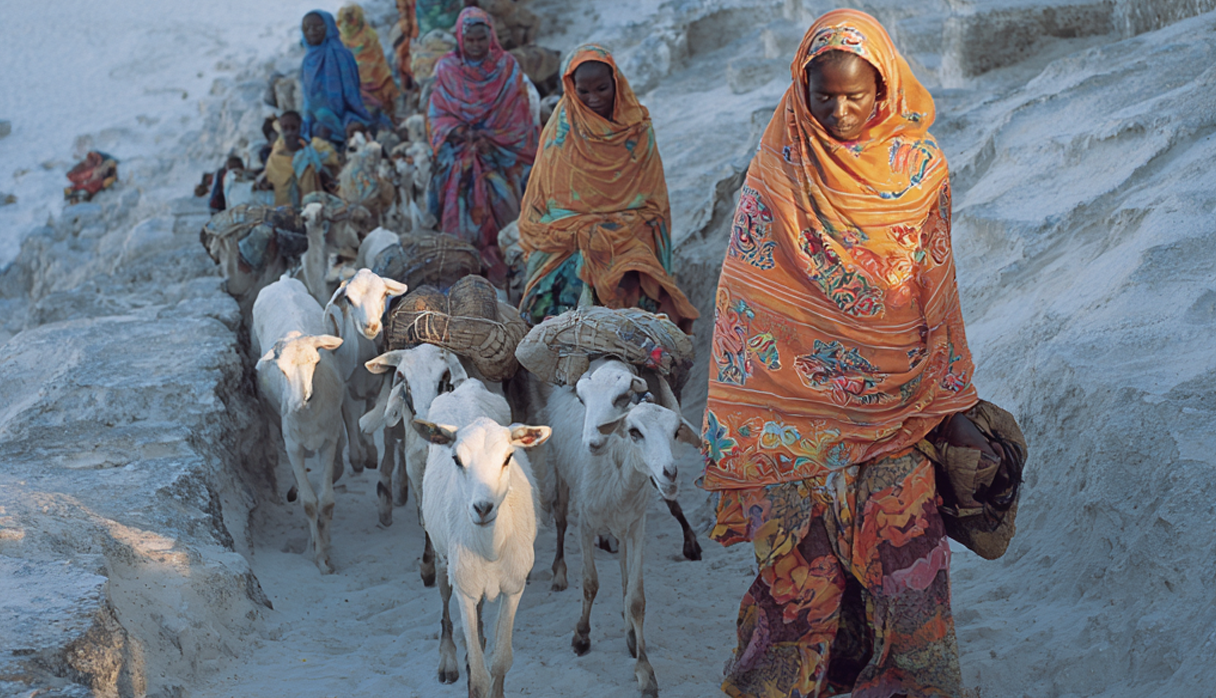Somali Women Traders and the War


The Somali civil war disrupted every aspect of economic life, destroying formal structures and leaving communities to rely on informal systems of survival. In this vacuum, women emerged as central figures in trade. As men were drawn into fighting, killed, or displaced, women assumed responsibility for sustaining their families by engaging in market activities.
Women’s trade took many forms. In local markets, they sold food, clothing, and everyday goods, ensuring that essential supplies remained available despite the collapse of state services. Many women extended their activities into cross-border trade, establishing networks with neighboring countries such as Kenya and Ethiopia. These efforts required resourcefulness and courage, as women navigated unstable conditions, checkpoints, and the threat of violence.
Through these economic activities, women became the primary providers in countless households. Their ability to generate income ensured that children and dependents could survive, while also reshaping traditional gender relations. For the first time, many women gained direct bargaining power within their families and communities. At the same time, these opportunities carried risks. Markets were often dangerous, and women traders faced harassment, exploitation, and insecurity.
Despite these challenges, the rise of women traders was one of the most significant social transformations of the war period. The conflict devastated Somalia, but it also pushed women into new roles that redefined their economic and social importance. What began as a survival strategy became a source of resilience and adaptation, demonstrating that even in crisis, women were at the heart of Somalia’s recovery and continuity.